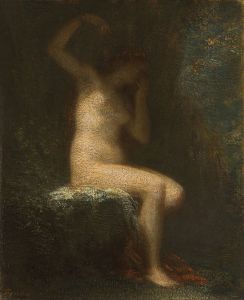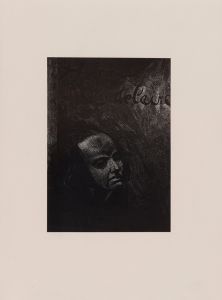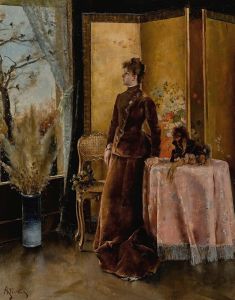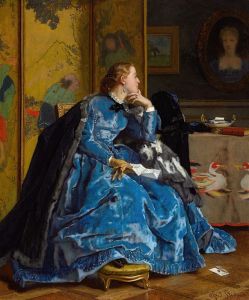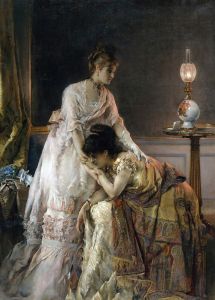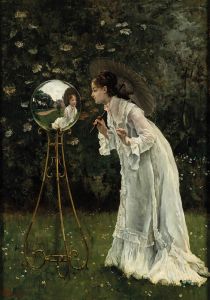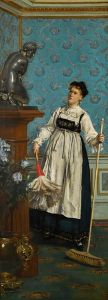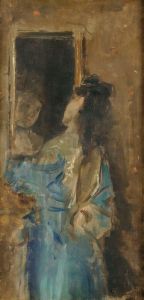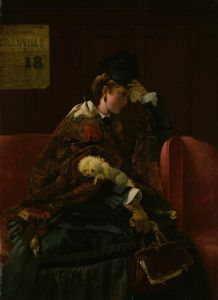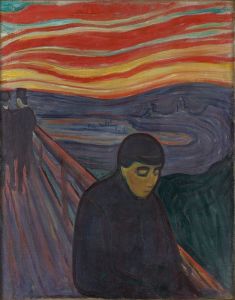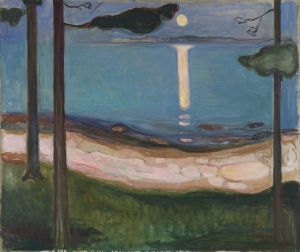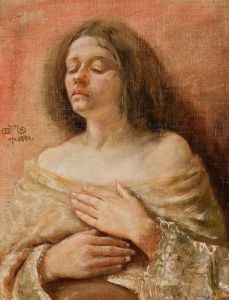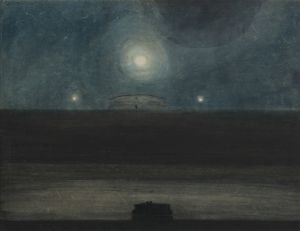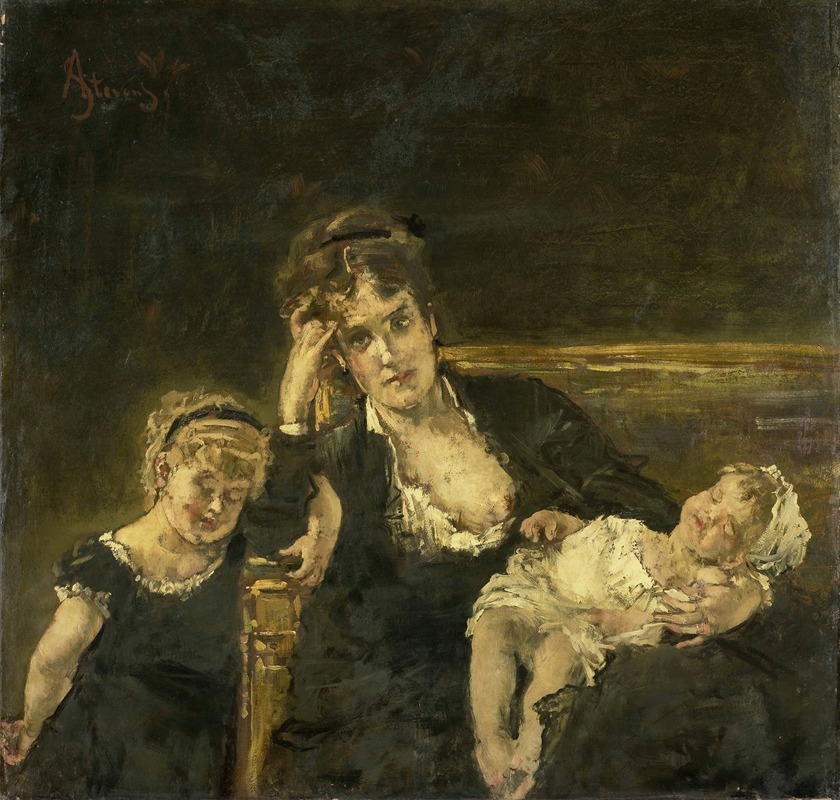
De weduwe
A hand-painted replica of Alfred Stevens’s masterpiece De weduwe, meticulously crafted by professional artists to capture the true essence of the original. Each piece is created with museum-quality canvas and rare mineral pigments, carefully painted by experienced artists with delicate brushstrokes and rich, layered colors to perfectly recreate the texture of the original artwork. Unlike machine-printed reproductions, this hand-painted version brings the painting to life, infused with the artist’s emotions and skill in every stroke. Whether for personal collection or home decoration, it instantly elevates the artistic atmosphere of any space.
Alfred Stevens (1823–1906) was a Belgian painter renowned for his depictions of elegant women in refined interiors, often exploring themes of emotion, social roles, and the complexities of modern life. One of his notable works, De weduwe (translated as The Widow), exemplifies his mastery of capturing both the physical and emotional nuances of his subjects.
Painted in 1850, De weduwe portrays a grieving widow seated in a somber interior. The composition is marked by its subdued color palette, dominated by shades of black, gray, and muted tones, reflecting the melancholic mood of the scene. The figure of the widow is central to the painting, her posture and expression conveying a sense of introspection and sorrow. Stevens’ attention to detail is evident in the textures of the fabrics, the delicate rendering of the widow’s attire, and the subtle interplay of light and shadow that enhances the emotional depth of the work.
This painting is characteristic of Stevens’ early career, during which he often explored themes of loss, solitude, and the human condition. While he later became more associated with depictions of fashionable Parisian women, De weduwe demonstrates his ability to address more somber and universal themes with sensitivity and technical skill. The work also reflects the influence of 19th-century realism, a movement that sought to depict everyday life and emotions with honesty and precision.
De weduwe is housed in the Royal Museum of Fine Arts of Belgium (Musées royaux des Beaux-Arts de Belgique) in Brussels, where it remains an important part of the museum’s collection. It continues to be appreciated for its emotional resonance and as an example of Stevens’ early contributions to 19th-century European art.






